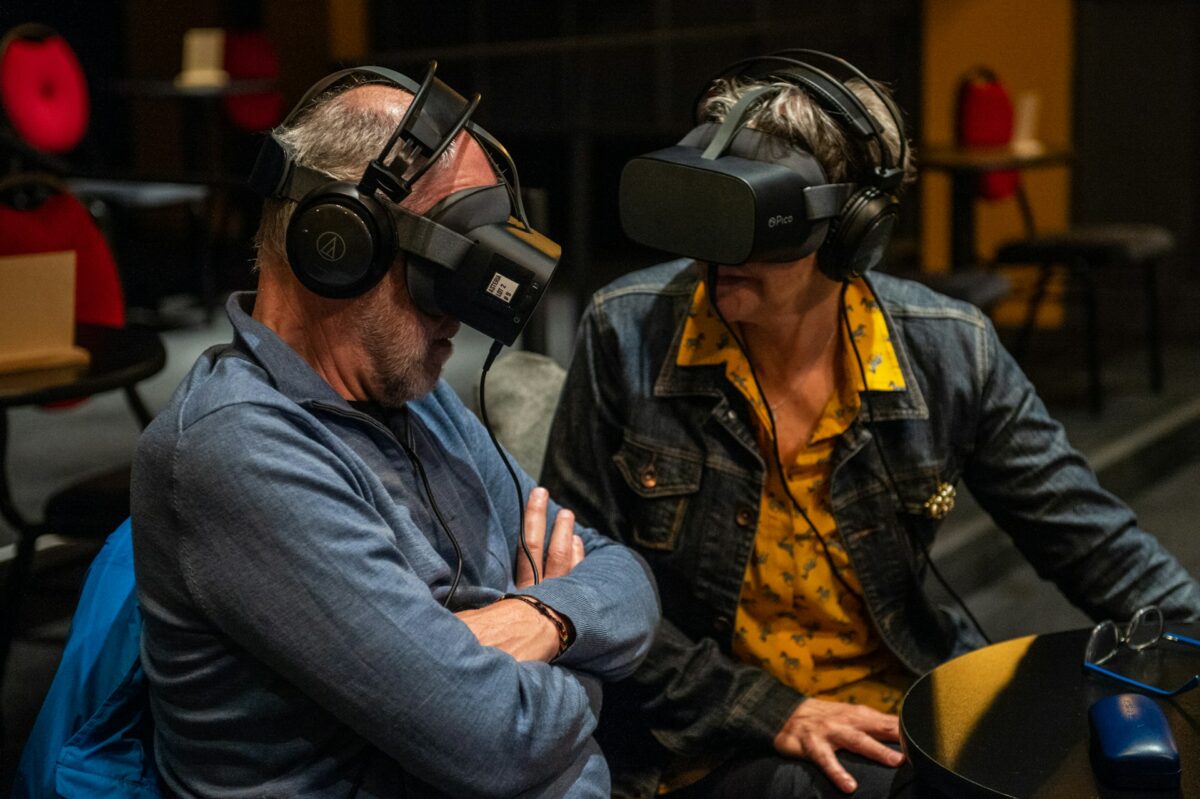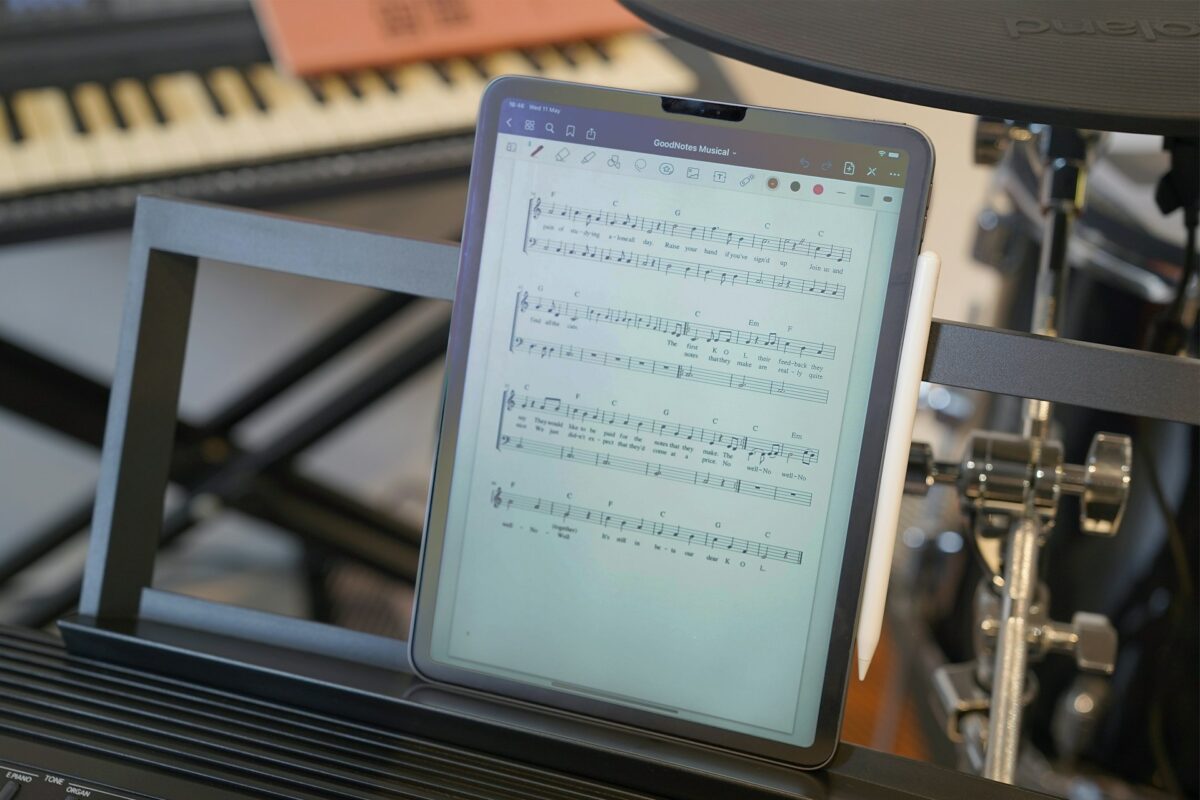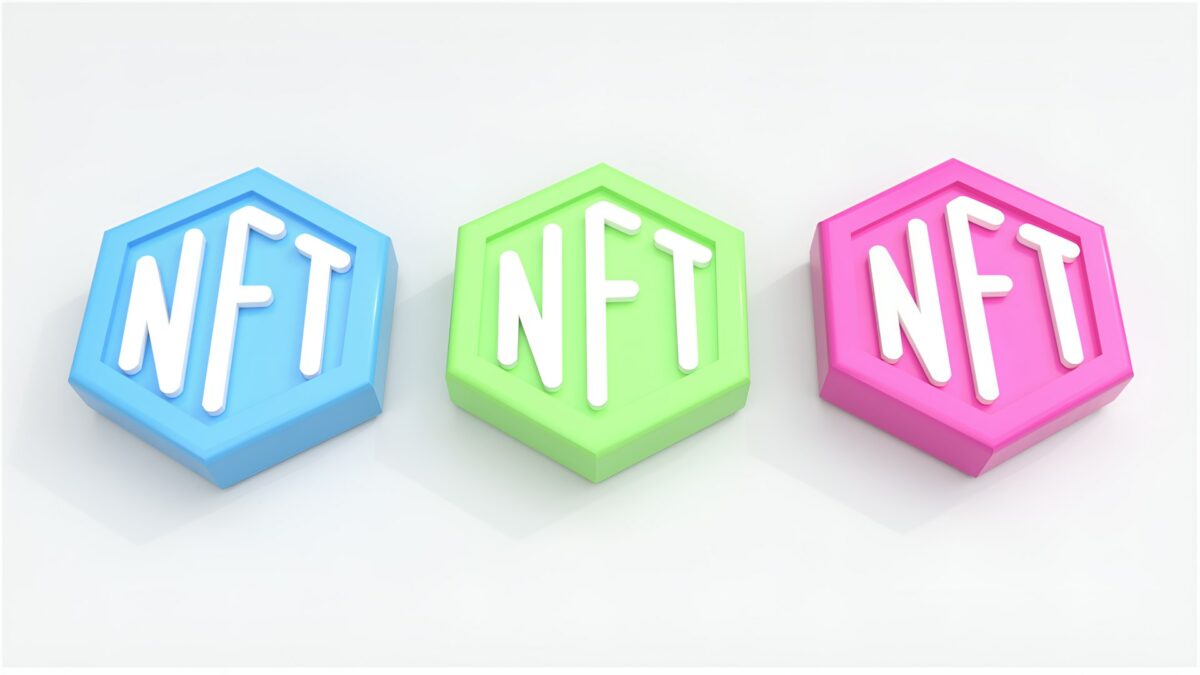The Development of Streaming Platforms: What the Future Holds for Netflix and Other Content Providers
The way in which we take in entertainment has been completely transformed by streaming services in a little more than a decade. Since its modest origins as a DVD rental business, Netflix has evolved into a digital ecosystem that features on-demand storytelling, live content, and tailored experiences. Today, worldwide streaming titans compete for attention, and the industry has turned into a digital ecology. Nevertheless, the streaming environment is confronted with new obstacles as technology, user tastes, and global markets continue to advance. These issues include saturation, growing production costs, and evolving viewing habits. The issue that has to be answered for the years 2025 and beyond is not who will dominate streaming, but rather how platforms will change in order to remain relevant.
1. How one company went from renting DVDs to becoming a global streaming empire
Netflix, which began in the early 2000s and challenged conventional video rental companies by delivering DVDs directly to users, is considered to be the beginning of the streaming entertainment industry. Netflix has already made the transition to internet streaming by the year 2007, therefore establishing a standard for the on-demand age. What followed was a revolution in digital media: Hulu, Amazon Prime Video, and eventually Disney+, Apple TV+, and HBO Max each carved out its own niche in a market that was growing. At this point in time, streaming has surpassed cable television as the most popular form of entertainment all around the globe.
2. The Streaming Wars: An Excessive Number of Options, a Limited Amount of Time
In the 2020s, there was a proliferation of streaming choices, which led to the emergence of what experts referred to as the “Streaming Wars.” Peacock was launched by NBC, Disney introduced Disney+, and Warner Bros. created HBO Max (now Max) in order to retake control of their content catalogs. Disney+ was launched by Disney, and Peacock was launched by Warner Bros. On the other hand, this abundance became a source of subscription weariness for customers. A significant number of users now participate in several services, often subscribing and unsubscribing in response to new releases. This formerly straightforward lure of being able to “watch anything at any time” has developed into a fragmented ecology that requires deliberate decisions.
3. The Increasing Popularity of Regional and Niche Platforms
Meanwhile, regional and specialized platforms have been quietly gaining momentum, despite the fact that global companies dominate the news. Certain audiences who place a high value on cultural or genre-specific programming are catered to by services such as Crunchyroll, which focuses on anime, BritBox, which focuses on British television, and Shahid, which focuses on Arabic material. Localization is predicted to become a significant difference by the year 2025, which will lead to the growth of these platforms. Authenticity and diversity are becoming more important to consumers, and smaller platforms that provide specialized experiences have the potential to flourish alongside huge platforms such as Netflix and Disney+.
4. The role of original content as the most important battlefield
House of Cards, the first big original series that Netflix produced and released in 2013, was the catalyst that brought about a sea shift. Instantaneously, streaming services became more than simply distributors; they became creators as well. Over the course of the next decade, platforms made billions of dollars in investments in original content in order to entice and keep subscribers. This paradigm, however, will confront issues regarding its sustainability by the year 2025. As production costs continue to rise and the number of subscribers continues to decrease, businesses are reevaluating their concentration on quantity rather than quality. Instead, they are concentrating on fewer releases that have a greater effect and have the potential to drive cultural discourse and long-term devotion.
5. How Artificial Intelligence Contributes to the Process of Personalization
Artificial intelligence is now responsible for a significant portion of the streaming experience, including thumbnail choices, suggestions, dubbing, and localized subtitles. Algorithms on Netflix analyze viewer behavior to make predictions about what users will watch next. Additionally, tools powered by artificial intelligence assist editors and marketers in tailoring trailers and artwork to individual preferences. Artificial intelligence will aid in the production of information, the forecasting of trends, and even the generation of screenplays or visual effects as technology continues to progress. Hyper-personalization, or the process of making each user’s interface seem as if it was built just for them, is the objective.
6. Content experiences that are both interactive and deeply immersive
Streaming is progressing beyond the concept of passive viewing. Black Mirror: Bandersnatch and You vs. Wild are two examples of platforms that are in the process of experimenting with interactive storytelling, which gives viewers the ability to make decisions about the narrative. In the meanwhile, the proliferation of virtual reality (VR) and augmented reality (AR) has the potential to reimagine the concept of entertainment by obscuring the distinction between television and video games. For the next several years, hybrid experiences that allow audiences to engage, influence, and even co-create content are going to become more common.
7. The resurgence of advertising made possible by AVOD service models
Advertisement-free streaming was a big selling factor for a number of years. On the other hand, as the growth of subscriptions slows down, platforms are using advertising-based video-on-demand (AVOD) models in order to maintain their profitability. Both Disney+ and Netflix have previously established lower-cost tiers that are financed by advertisements. This change heralds the beginning of a new age in which viewers will have the choice of selecting premium subscriptions that are free of advertisements or more cheap solutions that are supported by advertising income. The incorporation of targeted advertisements that are powered by artificial intelligence makes this strategy not only lucrative for businesses but also less invasive for viewers.
8. Consolidation and Strategic Partnerships are the eighth point.
Mergers and partnerships have grown more widespread as the level of competition has increased. The inability of smaller platforms to exist on their own has led to the formation of cooperative ventures and the provision of packaged services, such as the Disney-Hulu-ESPN+ package. By reducing churn and increasing user retention, this consolidation helps boost user retention. We may see cross-industry alliances in the future, such as firms in the gaming or telecommunications industries forming relationships with streaming services in order to provide clients with bundled subscriptions that provide them with additional value while also increasing their market reach.
9. Expansion on a Global Scale via Localization
Markets in other countries have emerged as the next frontier for the expansion of streaming services. The popularity of Netflix’s non-English smash titles, such as Money Heist and Squid Game, demonstrated that people all around the globe have a strong need for global storytelling. It is no longer possible for regional content to be restricted by language hurdles as internet availability continues to spread and translation technology continues to advance. Local productions that are customized to certain cultures are increasingly receiving significant investments from streaming platforms, which frequently outperform titles that are imported. A approach known as “glocalization” provides relevance in a variety of markets while simultaneously expanding the entertainment environment on a global scale.
10. The Influence of Economic Pressures on the Models used for Subscription Services
Because to inflation and growing costs of living, consumers in the year 2025 are having a more selective approach to their monthly expenditures. There are a lot of people who share accounts or cycle subscriptions, which forces companies to experiment with different pricing models. The introduction of several membership levels and the crackdown on password sharing that Netflix has carried out are only the beginning at this point. You may anticipate increasingly flexible payment structures, such as pay-per-view events, microtransactions for early access, or packaged content bundles, in order to accommodate a variety of watching patterns and budgetary constraints.
11. The Integration of Gaming and the Creation of Cross-Media Universes
Streaming firms are gradually eroding the lines between many forms of media, including gaming, television, and movies. The fact that Netflix is investing in mobile gaming and interactive storytelling is evidence of this confluence. By demonstrating how linked ecosystems, which include shows, games, and products, can maintain interest across different media, franchises such as The Witcher and Cyberpunk 2077 are examples of successful examples. The development of completely integrated entertainment centers that combine viewing, playing, and purchasing into a single, seamless experience is something that major platforms are expected to do in the future.
12. The revolution brought about by social streaming
One of the next developments in streaming is social media. Real-time watching parties, chat connections, and interactive remarks are just some of the new features that are available. Community-driven experiences, such as Twitch or YouTube Live, are being investigated by many platforms. These experiences allow fans to interact with creators and with one another. Through the convergence of streaming and social media, entertainment is transformed from a solitary watching experience into a communal event, which in turn nurtures more profound emotional connections and increases retention.
13. Regarding the Future of Data Privacy and the Trust of Viewers
Concerns regarding the acquisition of data are growing as the level of customisation increases. Consumers are becoming more conscious of the amount of information that streaming platforms capture, which includes everything from their viewing history to their engagement behaviors. The subsequent stage of development will be defined by the balancing act between customization and privacy. Long-term trust will be earned by businesses that uphold openness and provide users the ability to exercise control over their data, while businesses that go beyond permissible boundaries may be subject to criticism and regulation.
Finding a balance between global and local, customization and privacy, innovation and sustainability will be the defining characteristic of the streaming industry of the future. It is possible that Netflix will continue to be the market leader, but it will have to compete with new platforms that provide experiences that are interactive, immersive, and socially oriented. There is a transition taking place from the period of passive binge-watching to one of active involvement and participation. As technology continues to combine narrative with interaction, the entertainment industry is heading toward a future that is more dynamic, customized, and inclusive. This future may be one in which the next great event is not just something that is viewed, but something that is physically experienced.









